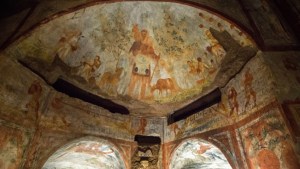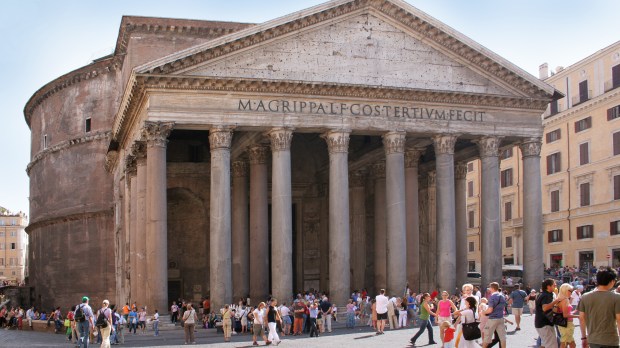Lenten Campaign 2025
This content is free of charge, as are all our articles.
Support us with a donation that is tax-deductible and enable us to continue to reach millions of readers.
Whoever visits Rome nowadays can easily get lost in its many narrow streets, suddenly and randomly bumping into Agrippa’s Pantheon, Piazza Navona, or Santa Maria Maggiore. In its unique beauty, Rome can be (for those who are used to geometrically normative cities) quite chaotic. If that is your case, well, you are definitely not the first one to find that problematic: in 63 BC, Cicero angrily complained about the notorious differences between the careful planning of the Roman cities in Campania and the chaotic urban conditions of Rome, trapped between swamps and hills.
A series of articles published by The Guardian, back in 2016, on the mysteries surrounding not only the birth of Rome but of more than a dozen other cities, sheds light on its history.

Read more:
Rome bans tourist buses from the city center
Although the city had grown and built its walls in a more or less orderly fashion around the Temple of Jupiter (right on the top of the Capitoline Hill, which functioned virtually as one of the various centers of the city, to which victorious generals ascended in triumphant procession upon returning from a campaign), it is also true that part of Roman foreign policy contributed to making the city a jumble of randomly constructed streets and buildings. Since the Roman custom was to convert their defeated enemies into commercial partners, money flowed freely and abundantly into the city in the early years of the Republic. Thus, the city growing in the skirts of Capitoline Temple soon became a labyrinthine network of narrow alleys and multi-story wooden buildings, with its own forums, public squares, and markets built by private initiative. In other words, Rome grew as it could, wanted to, needed to, with little to no official supervision whatsoever.
So there was never any real planning after the foundation of the city? According to Roman historian Livio’s Ab Urbe Condita, the first Etruscan kings did attempt to build the city according to basic urban principles, but this was all left behind after the Gauls sacked the city in 390 BC.

Read more:
Rome’s Catacombs witness to the Catholic faith of the early Church
The lack of planning of the city, and the arbitrariness at the time of building, was definitively sealed when the prerogative of building a new temple was granted to the victorious generals wherever they wanted to. The prominent politicians who had enough money soon did the same: Sulla built a new state archive, Julius Caesar built a market, and Pompey built a theater in his own honor.
If you want to know more, visit the article publish by The Guardian here.

